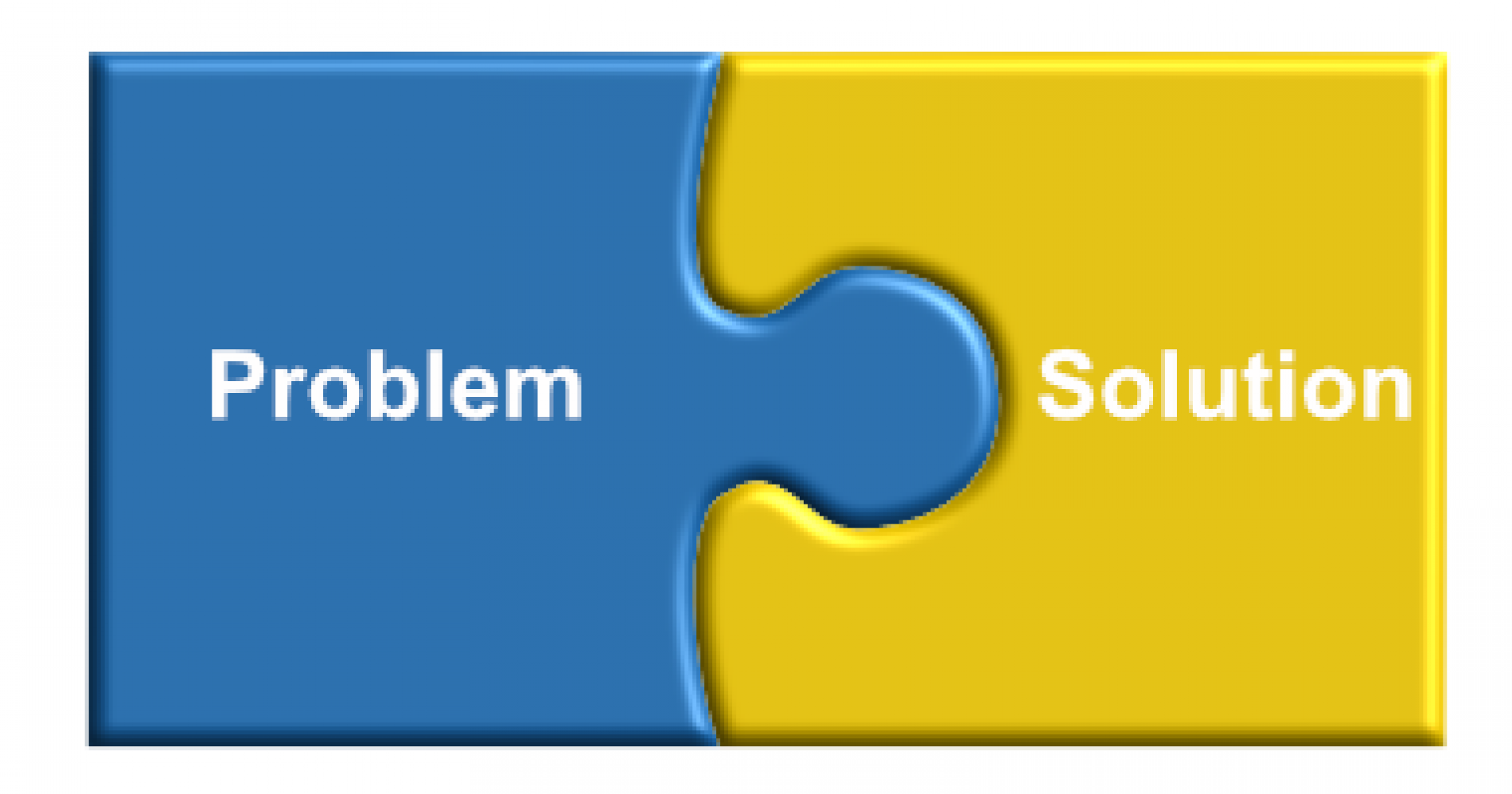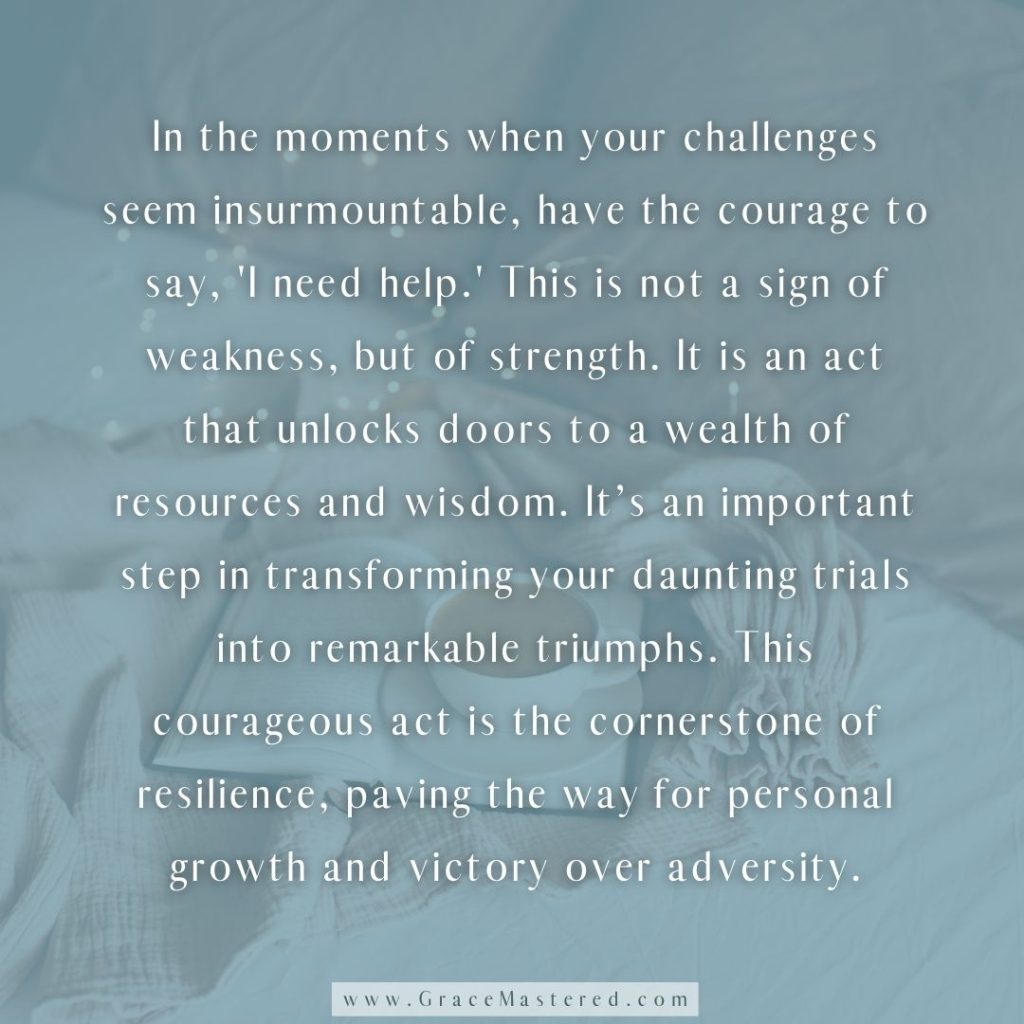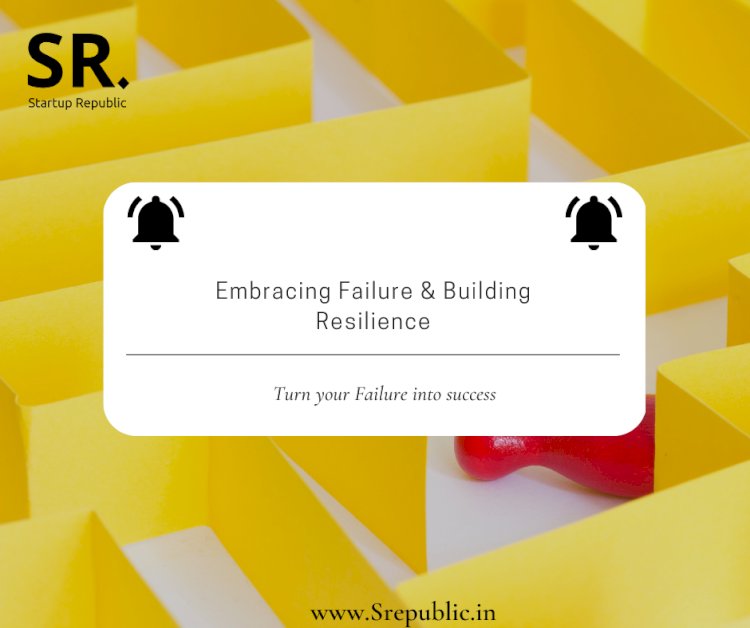
Problem-Solution Fit: Why It’s the Crucial Foundation for Startup Success
The dream of launching a successful startup is powerful. Visions of innovative products, happy customers, and exponential growth fill the minds of aspiring entrepreneurs. However, the harsh reality is that a significant number of startups fail – often not because of a lack of effort or a brilliant idea, but because they build something nobody truly needs or wants.
This is where Problem-Solution Fit (PSF) enters the picture. It’s the often-overlooked, yet absolutely critical, first step on the path to creating a thriving business. Without a solid Problem-Solution Fit, even the most innovative technology or the most passionate team might find themselves pushing a product uphill, against the tide of market indifference.
In this comprehensive guide, we’ll dive deep into what Problem-Solution Fit is, why it’s the bedrock of startup success, and how you can achieve it to dramatically increase your chances of building something truly valuable.
What Exactly is Problem-Solution Fit?
Imagine you have a lock. What’s the only thing that can open it? The right key. Problem-Solution Fit is precisely like that: it’s the moment when you clearly understand a significant problem that a specific group of people (your target customers) faces, and you’ve designed a viable solution that effectively addresses that problem.
In simpler terms:
- The "Problem": This isn’t just an inconvenience; it’s a genuine pain point, a frustration, an unmet need, or a challenge that people are actively trying (and perhaps failing) to overcome. It’s something they would genuinely pay to make go away or improve.
- The "Solution": This is your proposed product, service, or business model that directly and effectively alleviates the identified problem. It provides clear value and makes the customers’ lives better, easier, or more efficient in a tangible way.
Problem-Solution Fit is about proving that your proposed solution actually solves a real problem for real people.
PSF vs. Product-Market Fit (PMF): Understanding the Stages
It’s important to distinguish Problem-Solution Fit from its more famous cousin, Product-Market Fit (PMF). Think of them as sequential stages in a startup’s journey:
- Problem-Solution Fit (PSF): This is the initial validation. You’ve identified a problem and believe your solution works. It’s about validating the idea of your solution against a defined problem. You’re asking: "Does this solution actually make sense for this problem?"
- Product-Market Fit (PMF): This comes after PSF. It’s when you have a fully developed product, and a large enough market loves it, uses it consistently, and tells others about it. It means your product satisfies a strong market demand. You’re asking: "Can this solution scale and delight a large number of customers?"
You cannot achieve Product-Market Fit without first achieving Problem-Solution Fit. PSF is the crucial stepping stone. If your solution doesn’t truly solve a problem, it will never find a market to fit into.
Why Problem-Solution Fit is Crucial for Startup Success
Ignoring Problem-Solution Fit is like trying to build a house on quicksand. It might look good initially, but it will eventually sink. Here’s why getting PSF right is non-negotiable for any aspiring entrepreneur:
-
Avoids Building Something Nobody Wants (The #1 Startup Killer):
- The most common reason startups fail is building a product or service that no one needs or wants. Founders often fall in love with their idea, not the problem it solves. PSF forces you to validate the need before you even start building extensively.
- Benefit: Prevents wasted time, money, and emotional energy on a product destined for failure.
-
Saves Time and Money:
- Developing a product is expensive. By validating your Problem-Solution Fit early, you avoid investing significant resources (development costs, marketing, hiring) into a solution that won’t resonate with customers.
- Benefit: Allows for early pivots or even abandoning an idea before substantial financial commitments are made.
-
Attracts Early Adopters and Evangelists:
- When your solution genuinely solves a painful problem, early customers will not only use it but become passionate advocates. They will be your first champions, providing invaluable feedback and spreading the word.
- Benefit: Builds organic traction and a loyal user base from the ground up.
-
Forms the Foundation for Product-Market Fit:
- As mentioned, PSF is the prerequisite for PMF. If you’ve nailed the problem and designed an effective solution, you have a solid starting point for building a product that a market will embrace.
- Benefit: Streamlines the path to sustainable growth and profitability.
-
Guides Product Development and Feature Prioritization:
- A deep understanding of the problem helps you prioritize which features are essential and which are merely "nice-to-haves." You build what truly matters to solve the core pain, avoiding feature bloat.
- Benefit: Ensures your Minimum Viable Product (MVP) is truly valuable and focused.
-
Facilitates Fundraising:
- Investors don’t just fund ideas; they fund solutions to real problems. Demonstrating a clear Problem-Solution Fit shows that you understand your market and have a viable path to generating revenue. It significantly de-risks your venture in their eyes.
- Benefit: Makes your startup more attractive to potential investors and partners.
-
Builds a Strong Value Proposition:
- When you know precisely what problem you’re solving and how your solution uniquely addresses it, you can articulate a clear, compelling value proposition to your customers.
- Benefit: Makes marketing and sales efforts much more effective.
How to Achieve Problem-Solution Fit: A Step-by-Step Guide for Beginners
Achieving Problem-Solution Fit isn’t a single "aha!" moment; it’s a systematic process of research, empathy, iteration, and validation. Here’s how you can do it:
Step 1: Identify a Real, Painful Problem
This is where it all begins. Don’t start with an idea for a product; start with a problem you or others experience.
- Look for Your Own Pain Points: What frustrates you in your daily life or work? What common tasks are unnecessarily difficult or time-consuming?
- Observe Others: Pay attention to how people struggle. What complaints do you hear frequently from friends, family, or colleagues?
- Research Market Trends & Gaps: Are there emerging technologies that could solve old problems? Are there underserved niches in existing markets?
- Look for "Workarounds": If people are already creating complicated or inefficient workarounds to a problem, that’s a strong signal of an unmet need.
Key Question: Is this problem frequent, painful, and unaddressed (or poorly addressed) by existing solutions? If it’s just a minor inconvenience, people won’t pay to solve it.
Step 2: Deep Dive into the Problem (Customer Research)
Once you have a potential problem, it’s time to become a detective. Your assumptions mean nothing; what matters is what your potential customers tell you.
- Talk to Potential Customers (Interviews): This is the most crucial step.
- Who: Identify 10-20 people who likely experience the problem. Don’t just talk to friends and family; find people outside your immediate circle.
- What to Ask: Focus on their experiences, feelings, and current behaviors related to the problem.
- "Tell me about the last time you experienced [the problem]."
- "How do you currently deal with it?"
- "What are the biggest frustrations or challenges you face when doing [related activity]?"
- "How much time/money does this problem cost you?"
- "What would an ideal solution look like to you?" (Be careful here, don’t ask them to design your product, but understand their desired outcome).
- Listen More Than You Talk: Let them share their stories. Look for patterns in their responses.
- Conduct Surveys (Carefully): Surveys can gather quantitative data but are less effective for understanding the "why" behind a problem. Use them to validate insights from interviews.
- Observe Behavior: Watch people in their natural environment as they try to solve the problem. Do their actions match what they say?
- Empathy Mapping: Create a visual representation of your target customer’s "says, thinks, does, feels" related to the problem. This builds deep empathy.
Goal: Truly understand the customer’s pain, its severity, its frequency, and how they currently cope (or fail to cope) with it. Can you describe the problem in their words?
Step 3: Brainstorm Potential Solutions
Once you have a crystal-clear understanding of the problem, it’s time to brainstorm. Don’t limit yourself to one idea initially.
- Quantity Over Quality (Initially): Generate as many diverse solutions as possible. No idea is too silly at this stage.
- Focus on the Core Pain: How does each potential solution directly alleviate the pain points identified in your research?
- Consider Different Approaches: Can it be a software app, a physical product, a service, a new business model?
- Think About Uniqueness: How might your solution be different or better than existing (even if poor) solutions?
Step 4: Design Your Proposed Solution (Value Proposition)
From your brainstormed ideas, select the most promising one(s). Now, start to define your proposed solution clearly.
- Articulate Your Value Proposition: In one or two sentences, how will your solution uniquely help your target customer solve their problem?
- Example: "We help busy parents quickly find and book trusted babysitters so they can enjoy stress-free evenings out." (Problem: finding trusted sitters. Solution: quick booking platform. Customer: busy parents. Value: stress-free evenings).
- Sketch It Out: Create simple mockups, wireframes, or even just a flowchart of how your solution would work from the customer’s perspective. It doesn’t need to be perfect, just clear enough to explain.
- Identify Key Features: What are the absolute minimum features required to solve the core problem? Avoid adding anything extra at this stage.
Step 5: Validate Your Solution (Early Testing)
This is where you test your proposed solution against the real problem and real customers.
- Concept Testing: Before building anything, go back to your potential customers with your sketches, mockups, or detailed descriptions.
- "If something like this existed, would you use it?"
- "How do you think this would help you with [the problem]?"
- "What would you be willing to pay for this?"
- "What are your biggest concerns or hesitations about this solution?"
- Crucial: Listen for genuine enthusiasm and a willingness to commit (time, money, effort), not just polite agreement.
- Create a Minimum Viable Product (MVP): Once you have strong positive signals from concept testing, build the absolute simplest version of your product or service that delivers core value.
- Focus on the "Minimum": It might be a landing page with a sign-up form, a simple spreadsheet-driven service, a basic app with one feature, or even just a manual process.
- The Goal: To test if people will actually use your solution to solve their problem, and how they react to it.
- Gather Feedback & Iterate: Launch your MVP to a small group of early adopters.
- Collect data: How are they using it? What are their pain points with your solution?
- Listen actively: Are there any unexpected uses? What features do they really want next?
- Be prepared to Pivot: If the feedback shows your solution isn’t quite hitting the mark, be brave enough to change direction or refine your approach. This is the essence of the lean startup methodology.
This iterative loop of problem identification, solution design, and validation is what helps you achieve a robust Problem-Solution Fit.
Common Pitfalls to Avoid on Your PSF Journey
Even with the best intentions, entrepreneurs can stumble. Be aware of these common mistakes:
- Falling in Love with Your Idea, Not the Problem: Your idea is precious, but if it doesn’t solve a real problem, it’s worthless. Stay detached from your solution and obsessed with the problem.
- Skipping Customer Research: Relying on assumptions or anecdotal evidence is a recipe for disaster. You must talk to your target customers.
- Asking Leading Questions: When doing research, avoid questions like "Don’t you think this would be great?" Instead, ask open-ended questions that elicit genuine experiences.
- Building Too Much Too Soon: Don’t build a fully featured product before validating the core problem and solution. Start small with an MVP.
- Ignoring Negative Feedback: It’s tough to hear, but negative feedback is gold. It highlights areas for improvement or signals that your PSF isn’t strong enough.
- Solving a "Nice-to-Have" Problem: People will pay to solve painful, urgent problems. They won’t pay much (or at all) for minor conveniences.
PSF and Beyond: The Path to Product-Market Fit
Once you’ve achieved a strong Problem-Solution Fit, you’ll feel a palpable sense of momentum. Your early users will genuinely appreciate your solution, and you’ll see clear signs that you’re on the right track.
This is when you start shifting your focus towards Product-Market Fit. You’ll continue to iterate on your product, expand its features based on validated needs, and work on scaling your user base. The solid foundation of Problem-Solution Fit will make this next stage significantly easier and more likely to succeed.
Conclusion: Focus on the Problem, Not Just the Product
The startup world is filled with brilliant ideas that never saw the light of day, not because they weren’t innovative, but because they lacked a true connection to a customer’s need. Problem-Solution Fit isn’t a buzzword; it’s a fundamental principle of successful entrepreneurship.
By dedicating time and effort to deeply understand a problem and meticulously craft a solution that genuinely addresses it, you dramatically increase your chances of building a product or service that people not only want but desperately need. So, before you write a single line of code or design your first prototype, become a problem-solver first. Your startup’s future success depends on it.



Post Comment